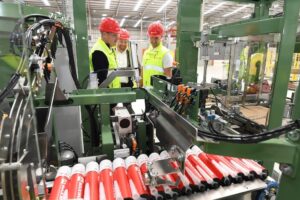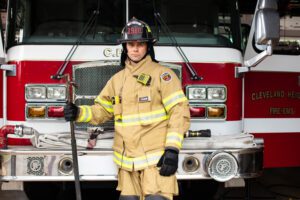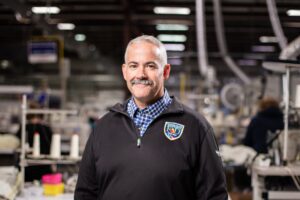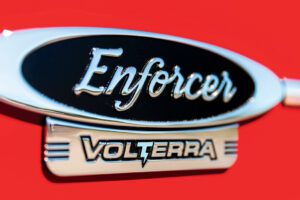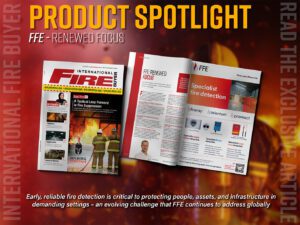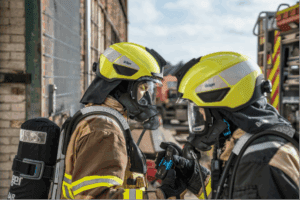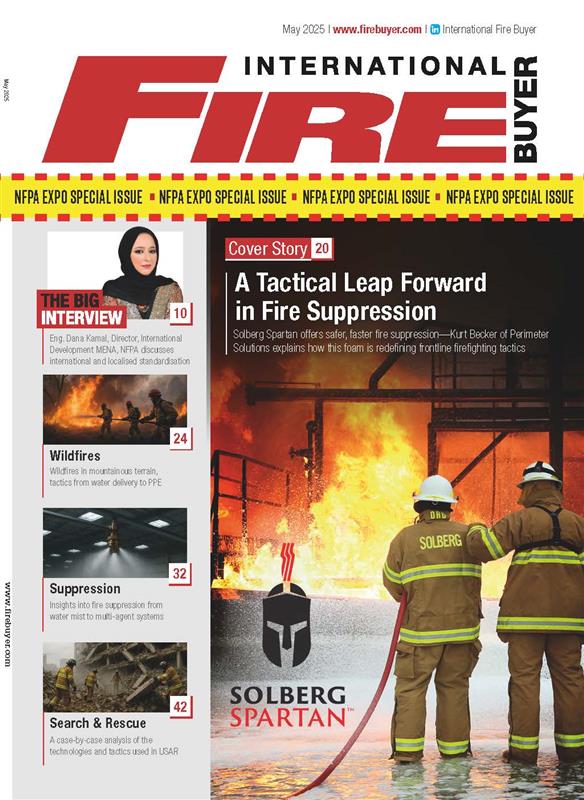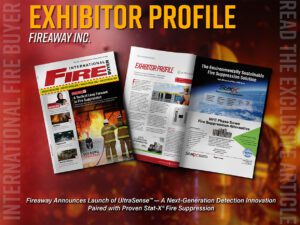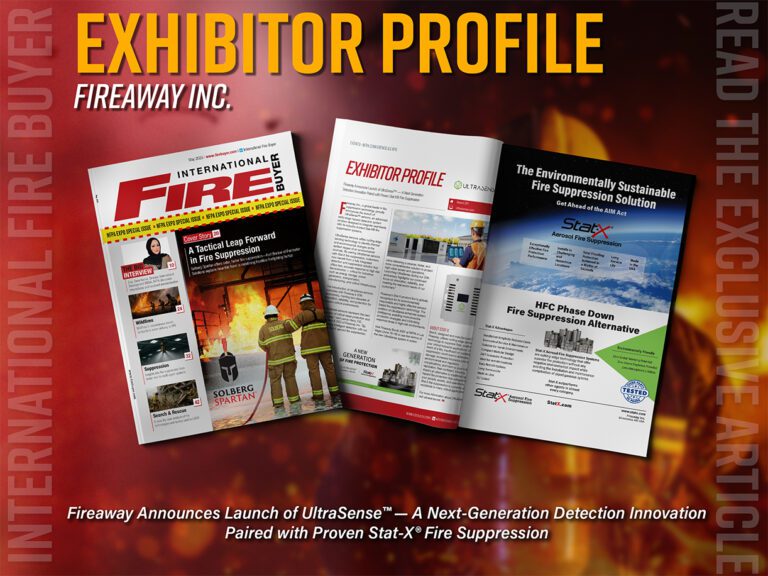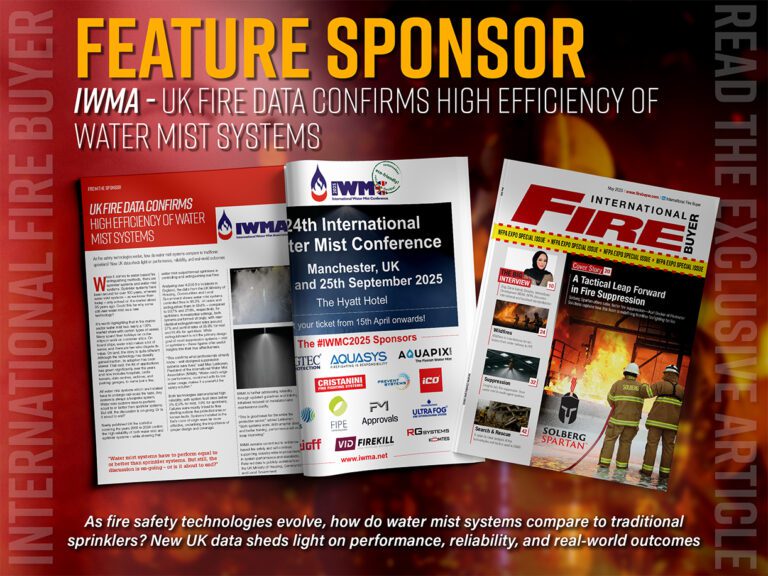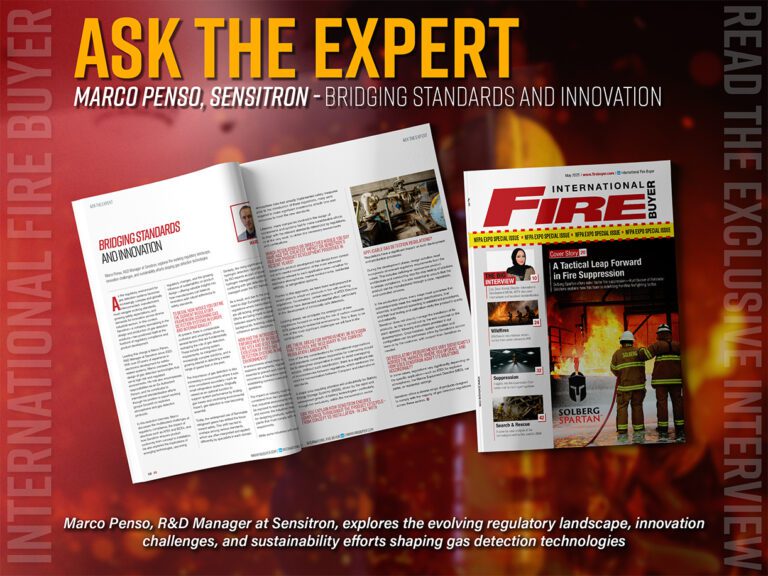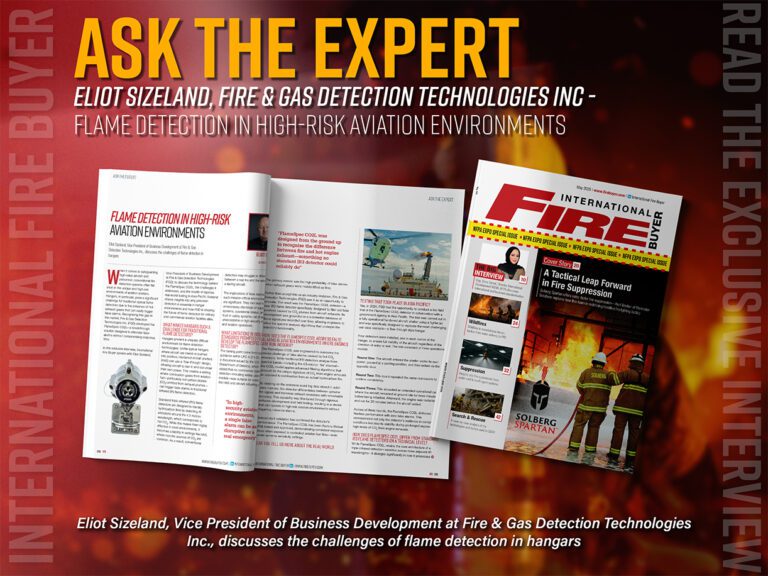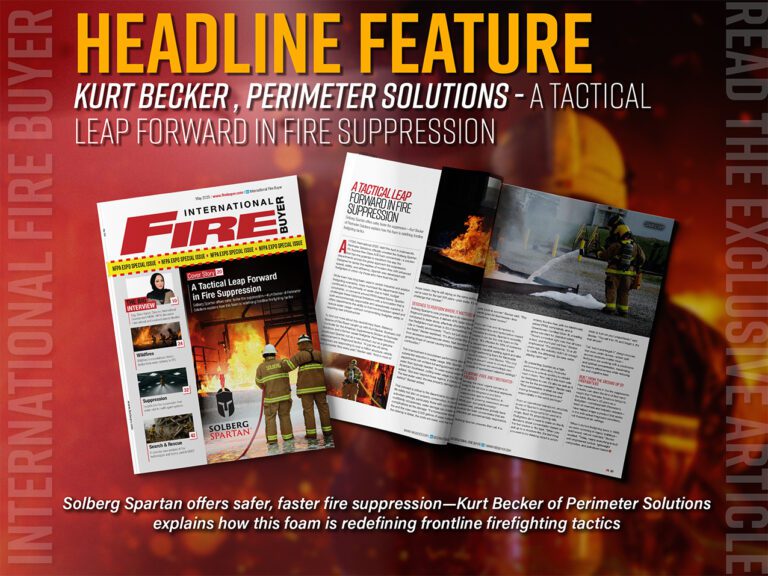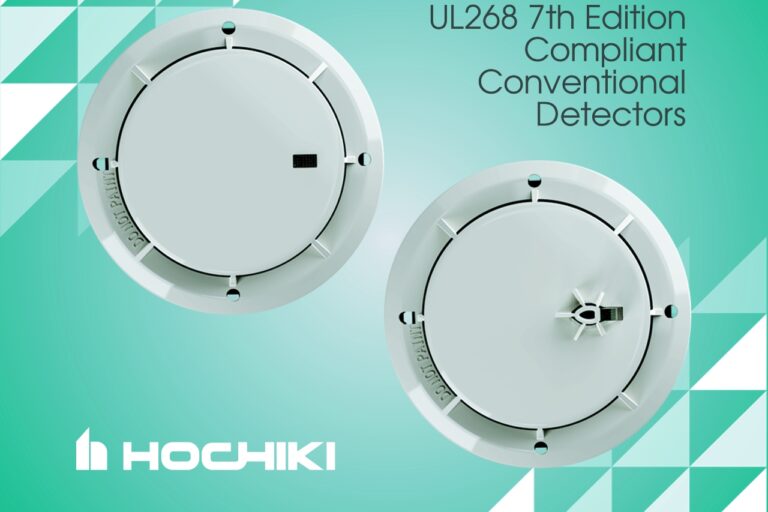FirePro presents exclusively for Fire Buyer magazine the latest in fire protection solutions to tackle electric bus Li-ion battery fires
Cities are increasingly turning to electric buses as a way to reduce their carbon footprint and improve air quality. Compared to traditional diesel fuelled buses, electric buses are more energy-efficient, produce no emissions at the point of use, and have lower operating costs over their lifetime. Typically, these buses use Lithium-ion (Li-ion) batteries, which offer several advantages such as high energy density and fast charging. However, like with any technology, there are also risks associated with their use.
In recent years, there have been several high-profile incidents involving Li-ion battery fires in electric buses. This has highlighted the need for improved safety measures and risk management strategies. In particular, the risk of thermal runaway, a chain reaction that can occur when a single Li-ion battery cell is subjected to mechanical, electrical, or thermal abuse, is especially high in electric buses. This is because a large number of Li-ion batteries are used in a relatively small enclosure. The excessive vibrations from normal bus operation can be a stress factor for Li-ion batteries, contributing to a potential short-circuit, overheating, and the release of gases that can lead to a fire or explosion.
During a thermal runaway event, the Li-ion battery’s electrolyte starts to decompose (120oC), releasing a large volume of gases, which due to pressure build-up, ruptures the metal or plastic pouch casing containing the electrolyte. These gases normally burn (flash fire) at temperatures in excess of 800oC when in contact with the atmosphere (O2) producing a toxic, flammable or explosive mixture depending on the type of electrolyte used in the cell. Some examples of these gasses are hydrogen (H₂), carbon monoxide (CO), hydrogen fluoride (HF), hydrochloric acid (HCI), hydrogen cyanide (HCN), sulfur dioxide (SO2) and hydrogen sulfide (H2S). Furthermore, the excessive loss of lithium ions from the cathode material leads to a structural collapse of the cathode electrode, causing the release of oxygen (O2).
How FirePro suppresses Li-Ion battery fires
FirePro Condensed Aerosol technology suppresses fire by interrupting the chemical chain reactions that occur in the flame, rather than by cooling or depleting oxygen in the enclosure. Upon activation, the condensed aerosol forming compound transforms from a solid state into a rapidly expanding two-phase fire suppression agent; consisting of potassium carbonate solid particles K2CO3 (the active part) suspended in a carrier gas. When the condensed aerosol reaches and reacts with the flame, the potassium radicals (K*) are formed mainly from the dissociation of K2CO3. The K*s bind to other flame free radicals (hydroxyls OH-) forming stable products such as KOH. KOH then further reacts in the presence of CO2 and forms stable K2CO3.
In the event of a Li-ion battery fire, both the active agent K2CO3 and the intermediate product KOH react with the electrolyte’s decomposition products, such as hydrogen fluoride (HF), forming stable products such as potassium fluoride (KF) and potassium bifluoride (KHF2). Thus, preventing the formation of highly flammable gases such as hydrogen (H2). The resulting neutralizing action ultimately controls the fire and allows the temperature in the enclosure to drop below the threshold necessary (120oC) for thermal runaway to sustain itself. Test results have shown that FirePro can protect the enclosure against re-ignition for as long as the minimum required fire suppression density is maintained, allowing ample time for passengers to evacuate the bus and for emergency responders to begin post-fire management of the batteries.
Main challenges of Li-ion battery fires
Heat output – In the scenario where the Li-ion batteries have entered an advanced thermal propagation stage, the battery generates its own heat, making it difficult to cool down.
Oxygen supply – The production of oxygen during cathode and electrolyte decomposition supports the chemical processes that occur during a fire.
Battery pack – Li-ion battery cells are densely stored in their packs making it hard for a fire suppression agent to reach the fire.
FirePro solutions
FirePro cylindrical models are compact and provide a practical solution for applications with space limitations such as the electric bus battery compartments. They can be installed directly within the battery pack or within the battery compartment which houses the battery packs.
Each generator is an all-in-one system unit and is the equivalent of the agent storage tank, piping and nozzles of a pressurized gas system. They are activated automatically, either through electrical or mechanical means. A comprehensive fire-suppression system can be configured to include single or multiple generators, depending on the physical and technical parameters of the protected area, such as the class of fire, volume and height. In the case of a Li-ion battery hazard, the agent density used is the one proven to be effective in tests replicating real-life scenarios.
A wide range of control and monitoring equipment can be used to automatically activate the generators, selected based on the project’s requirements. Some of the main considerations when choosing a control module include the type of detection technology used (e.g. thermal sensors) and the level of integration with other systems (e.g. vehicle control, alarm systems). Early detection, shutdown of the battery, and fire suppression is critical during a thermal runaway event to prevent its spread to neighboring cells. The selection of the right control module and detection technology are part of the engineering of the system and are fundamental in meeting the expectations of the project’s fire strategy.
To read more news and exclusive features see our latest issue here.
Never miss a story… Follow us on:
![]() International Fire Buyer
International Fire Buyer
![]() @Firebuyer
@Firebuyer
![]() Fire Buyer
Fire Buyer
Media Contact
Louis Curtis
Editor, International Fire Buyer
Tel: +44 (0) 1622 823 922
Email: [email protected]

